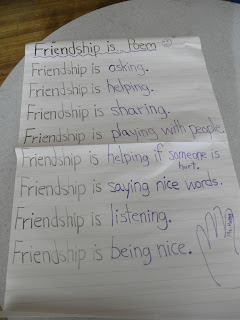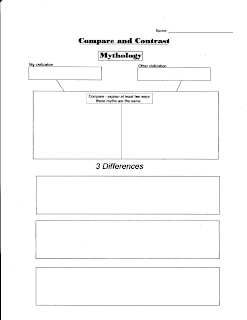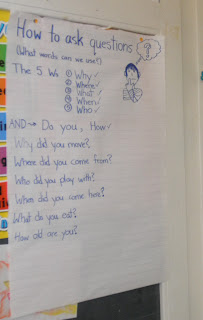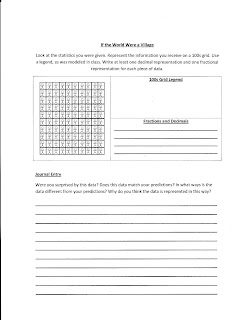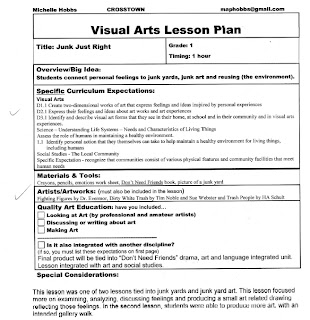Don't Need Friends Unit - Early Primary (Grade 1-2)
In my first practicum, I created a book based on Don't Need Friends by Carolyn Crimi. Since it was the first I'd ever created, I feel I learned a lot from it. Creating a unit involves flexibility, time management, organization and an ability to interpret what your students need to be successful. While going through the unit, I found that I frequently had to adjust to students and different situations arising. Since one of my peers was doing a unit based on the same book, we shared a lot of ideas. Our approach sometimes overlapped, however we designed our lessons with our teaching styles, and students in mind. In remaining responsive to students, I was best able meet their needs and teach to those.
